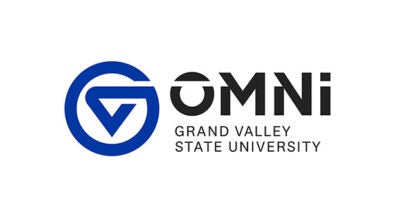School board not done cutting budget
Published 9:31 pm Monday, June 17, 2013
A preliminary budget Dowagiac Board of Education adopted Monday night at city hall shows the district spending less in 2014 than it did in 2011.
Though a projected deficit has been halved from $1,494,148 to $705,979, more needs to be cut to maintain a recommended 10 percent reserve, President Michelle Helmuth-Charles said.
In the coming school year, according to the presentation by Finance Director Dawn Copley, the district projects fewer students, $19,728,716 in revenues and $20,434,695 in expenditures.
“We’re proposing a $966,000 decrease from the current fiscal year,” Copley said. “Based on the final revision, it’s an overall decrease of $1,755,077. Revenue is based on getting the full 18 mills for property taxes, which will give us $4,544,000. There were some one-time things in the 2012-13 school year we are not going to have to deal with in 2013-14. We had to expense bus financing of $301,000. Another bus (wrecked in March) was an insurance claim. The new budget does not include any expenses for emergencies which came up, like a well and roof units that went out.”
Copley said “good things” contained in the spending plan include a $50-per-student equity payment from the state which equates to $113,000 in one-time revenue and a $60-per-student state aid foundation increase from $6,996 to $7,026 which provides another $135,000.
She calculated the budget on 2,261 students, or 31 less than attended Dowagiac schools in 2012-13. This year’s state aid was based on 2,292 pupils.
“We’re losing about 60 kids a year, whether they’re moving or going to other districts,” Copley said. “All wages were frozen. On the expense side, we cut quite a bit — which was our goal. By switching from summer tax collection to winter tax collection, we cut approximately $27,000 — primarily the $2.50 parcel fee for each of five townships for which we collected summer taxes. We’re offering sociology and psychology at the high school to reduce our dual enrollment costs $20,000. With the retirement incentive we offered, we had three take advantage of buyouts from the top end of the pay scale.
“We saved $253,000,” Copley said, “and realigned staff across the board. We were able to save $180,000 for those. We’re projecting we’ll be able to eliminate overloads at the high school, for $85,000. We cut 10 percent from transportation, maintenance and athletic supplies where we could.”
Voters will be asked Aug. 6 to renew 18 operating mills levied on non-homestead properties.






